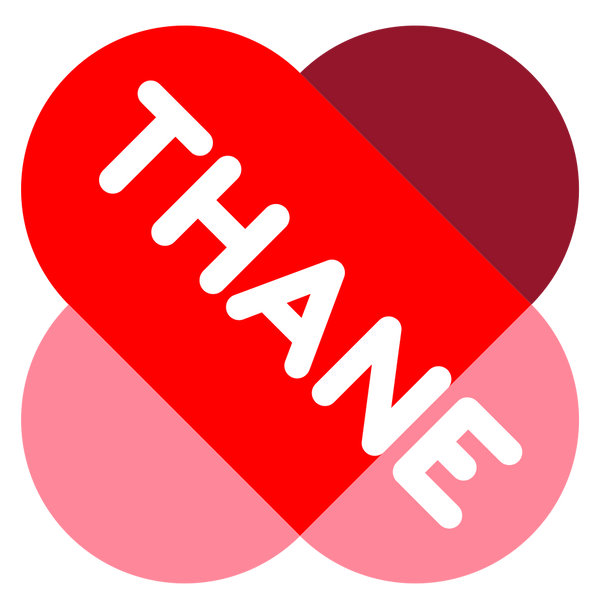
What Are the Dangers of Germs and Bacteria?
Share
Germs are everywhere. They live on our bodies and on animals, in our food and in our homes. They’re a part of everyday life, whether we like it or not.
While some germs are helpful to have around, others can be harmful to your health and make you sick. By reading this article, you’ll gain a better understanding of germs and bacteria, how they work, and what you can do to protect yourself and others.
What are germs and bacteria?
Germs are microbes that can cause disease. They invade your body unnoticed, mutate quickly and attack your immune system. It’s only when you start to show symptoms of infection or sickness do you know that germs have entered your body. There are different types of germs, too, which come in all shapes and sizes. These include bacteria, viruses, fungi, and protozoa.

Bacteria are one-celled organisms that can survive outside and inside your body. Some bacteria can cause infections, such as ear, skin and chest infections. Other bacterial infections can be much more serious, such as meningitis, pneumonia or tuberculosis. Antibiotics are used to treat different types of bacterial infections or prevent the spread of bacteria.
However, not all bacteria are bad for you. Many help to break down food, fight off harmful bacteria and restore balance in your body. Did you know it’s estimated that your body is home to 100 trillion ‘good’ bacteria?
How common are they?
Germs live everywhere. If they weren’t so microscopically small, you’d see them hanging in the air, sat on the food you eat and even on your own body. That’s the bad news. The good news is that most germs don’t cause you any trouble. Your body’s immune system does a pretty good job of protecting you. However, some germs constantly mutate, to try and get through your body’s immune defences. And they can reproduce too. For example, E. coli can double every four to twenty minutes. That’s bad news because bacteria such as E. coli has the power to sicken and even kills humans.
How to protect yourself
Though it’s nigh on impossible to protect yourself 100% from germs, there are things you can do to help yourself. For starters, you need to understand the difference between infection and disease. Infection is when germs enter your body and start to multiply. Disease is what happens when the germs damage your body’s cells, causing an immune reaction. For example, when you catch a cold, your body reacts by making you cough and sneeze to help try and expel the cold virus.
The best way to protect yourself against germs is to stop infection. We know all about this from our experiences during the pandemic. The advice was to stay at home, avoid contact with sick people, wash your hands regularly and so on. These measures all help to stop the spread of infection. In fact, handwashing is one of the most effective ways to stop infections spreading. Just make sure you wash thoroughly with soap and water, for a good twenty seconds or more.
How to protect your home
In the aftermath of the pandemic, we’ve all become more aware of germs in the home. In our recent Thane H2O Spring Cleaning Survey, respondents picked out 5 hotspots that are breeding grounds for germs – but not necessarily the ones you’d think about first. For example, in the kitchen both your chopping boards and your dish sponges can harbour all sorts of nasty bugs. Likewise, other ‘touchpoints’ in the home like light switches, door handles and TV remote controls, were all cited as germ magnets.
So what can you do to keep your home clean? Well typically what many people do is regularly spray and wipes surfaces with disinfectants, anti-bacterial cleaners or bleach. And to be fair, each one of these products will do a good job of eliminating germs from your home, provided you remember to apply the product regularly and follow the instructions on the bottle.
However, there is a better way to keep your home not just clean but hygienically clean, too. And it’s one that doesn’t involve bringing harsh chemical cleaners into your home, either.
Try the Thane H2O e3: eliminates 99.9% of germs, viruses and bacteria, with no toxic chemicals
Lots of people are making the change to more eco-friendly methods of cleaning and sanitising their homes – and with good reason. When you read the label on the bottle of a typical household cleaner from the supermarket, you might be shocked at the list of ingredients. Especially when you discover that those ingredients are actually toxic to humans and animals
That’s what makes the Thane H2O e3 system such a winner amongst careful homeowners who want to avoid having harsh chemicals in the home. Firstly, the Thane H2O e3 uses nothing but water and salt, electrolysed to create two powerful oxidants that keep your home clean and germ-free. Secondly, because it only needs water and salt, something everyone has in their home, the Thane H2O e3 never runs out. So, it saves you on your shopping bill. Thirdly, it’s scientifically proven to kill germs, viruses and bacteria including COVID-19 (SARS-CoV-2), Influenza A H1N1, P. Aeruginosa, E. Coli, Salmonella & S. Aureus – all after just 10 minutes of use.

Lastly, because the Thane H2O e3 uses no chemicals at all, it’s 100% safe to use around your family and your pets. So, you can keep your home clean knowing you’re keeping germs at bay, too.
Find out how you can keep your home free from germs with the Thane H2O e3 system here.
